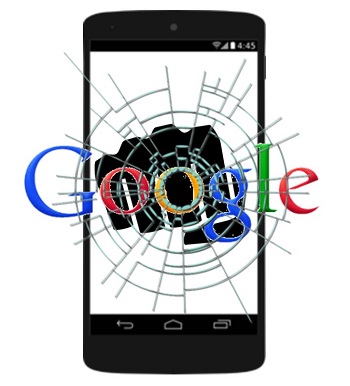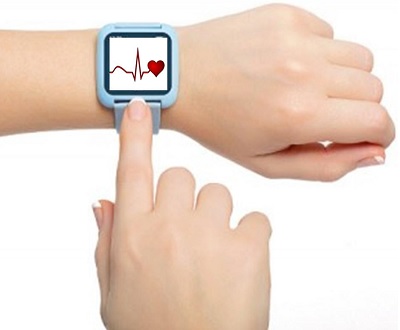A new smartphone based search engine called Vurb is focusing on some of the most common queries.
It could be easy for Google to feel as though it is the undisputed ruler of mobile search, especially as it has established the top position on both the standard web and over smartphones and tablets, so far.
However, if one startup has its way, there will be some serious competition heading into the market.
Vurb is a startup that is based in San Francisco. Its founder, Bobby Lo, feels that its new mobile search engine could be the next big thing for smartphone users. The concept behind it is to take a range of different types of common query – such as those regarding movies or restaurants – and group them into basic information snippets and applications for actions that are related to the applicable results. Lo is only one of a growing number of businesspeople who feel that the growth of mobile technology use is the ideal opportunity to be able to present Google with some competition in the search sector.
If these startups can become rivals in mobile search it will be the first threat Google has seen in a decade.
 Until now, most startups have been keeping clear of the search engine ecosystem as Google has held a very firm grasp on its central territory. Now, venture capitalists are pouring millions upon millions of dollars into a few dozen startups that are focusing on search on the mobile web. The belief is that the right startups will be able to take an important control over the search market and that Google will not be able to hang onto it to the same degree that it has with PCs.
Until now, most startups have been keeping clear of the search engine ecosystem as Google has held a very firm grasp on its central territory. Now, venture capitalists are pouring millions upon millions of dollars into a few dozen startups that are focusing on search on the mobile web. The belief is that the right startups will be able to take an important control over the search market and that Google will not be able to hang onto it to the same degree that it has with PCs.
According to Lo, “There has been no great solution for mobile search.” Last year, venture capitalists placed their money behind 27 different potential rivals to Google in the smartphone and tablet search category. The year before that, there were another 33 that had received those investor dollars. This made 2013 and 2014the most active years in history for venture capital investment all the way back to 1999.
A recent CB Insights report pointed out that the largest increase in venture capital investment has been in mobile search companies, especially when it comes to using “deep links” for bringing apps and the web together.
The wearables that people are now wearing are helping to direct the development of clinical devices.
Wearable technology has, quite suddenly, become very popular for use in the area of health and fitness tracking when it comes to consumer tech devices, and the mhealth industry is viewing this as a tremendous opportunity with regards to developing future clinical devices.
This could mean that wearables and smartphone apps, alike, could start to play an integral role in tomorrow’s health care.
Parks Associates research has indicated that about 30 percent of homes in the United States that have broadband connections already have some form of connected device that can be used for health purposes. It has also estimated that by the end of next year, there will be over 32 million American consumers who will be actively tracking their fitness and health either by way of wearable technology or another form of mobile device.
Equally, using wearable technology devices within the mobile health field has also been on the rise.
 Director of health and mobile product research at Parks Associates, Harry Wang, explained that as popular as wearables are becoming, they are also starting to stand out within the health and medical industries. These gadgets are being seen as a wonderful opportunity for mhealth uses, such as monitoring vital signs (like blood pressure or insulin levels), which can be very helpful for improving health care access and quality.
Director of health and mobile product research at Parks Associates, Harry Wang, explained that as popular as wearables are becoming, they are also starting to stand out within the health and medical industries. These gadgets are being seen as a wonderful opportunity for mhealth uses, such as monitoring vital signs (like blood pressure or insulin levels), which can be very helpful for improving health care access and quality.
In an article that he wrote for the Digital Health News published by his firm, Wang explained that “the design trends for wearables in the medical field follow what is happening in the fitness area — they are becoming more discreet, with more user-centric designs and highly integrated functions.”
As consumers become more confident with their mobile devices, they are also starting to look to additional gadgets, such as those in the wearable technology category, to provide them with more practical and usable benefits. This opens up a world of opportunity for creating devices and supporting apps that will allow people to take greater control of their own wellness and to provide their doctors with additional data for a more accurate understanding of their overall condition, as opposed to what is exclusively available through a doctor’s appointment.
 Until now, most startups have been keeping clear of the search engine ecosystem as Google has held a very firm grasp on its central territory. Now, venture capitalists are pouring millions upon millions of dollars into a few dozen startups that are focusing on search on the mobile web. The belief is that the right startups will be able to take an important control over the search market and that Google will not be able to hang onto it to the same degree that it has with PCs.
Until now, most startups have been keeping clear of the search engine ecosystem as Google has held a very firm grasp on its central territory. Now, venture capitalists are pouring millions upon millions of dollars into a few dozen startups that are focusing on search on the mobile web. The belief is that the right startups will be able to take an important control over the search market and that Google will not be able to hang onto it to the same degree that it has with PCs.
